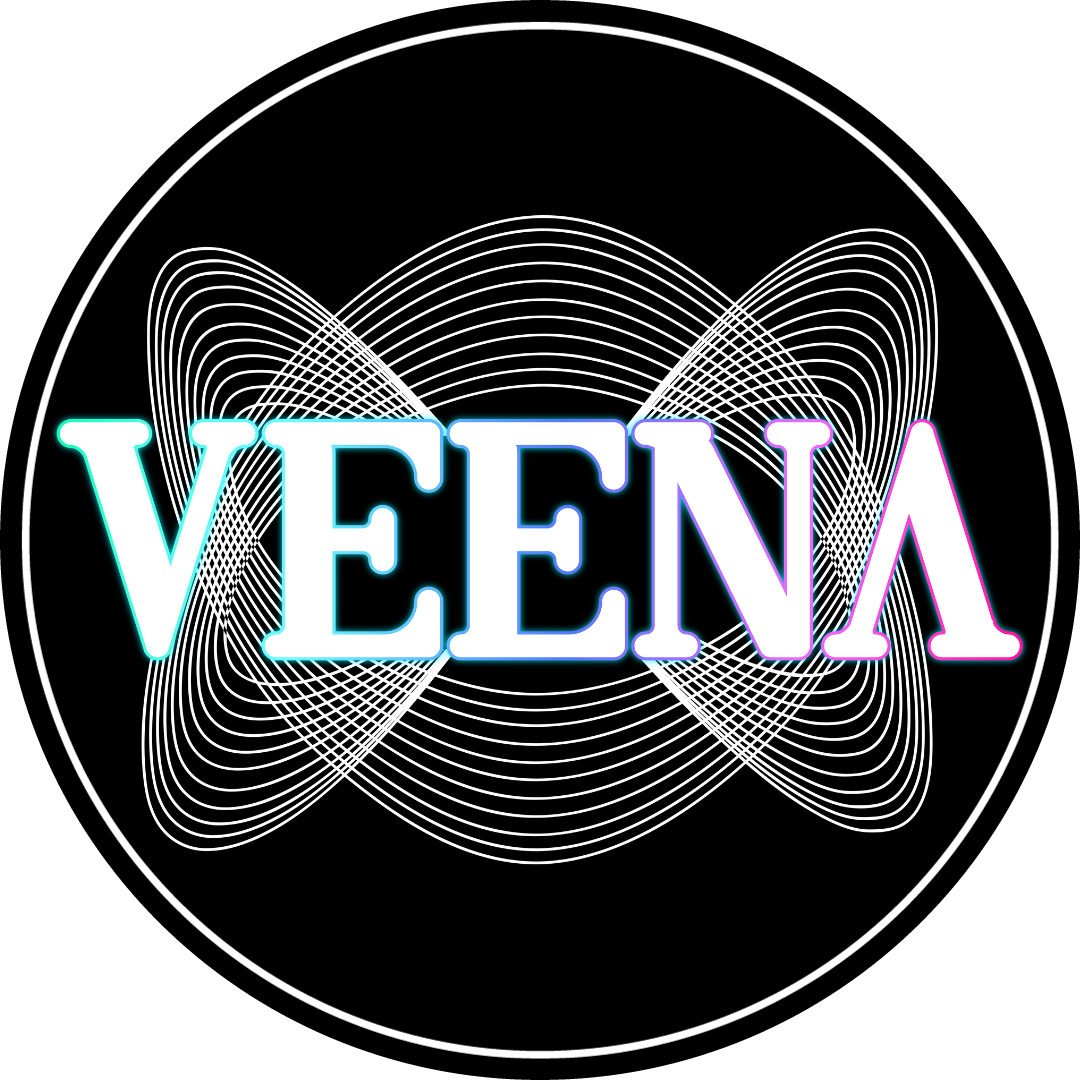A Dubstep Journey in a Rusty Oldsmobile
When I started learning how to drive and got my first car, an unexpected treasure found its way into my CD deck—a random, unlabeled, and unnamed CD filled with an array of Dubstep and Chillstep tracks. The origins of this CD remain a mystery to me. I can’t recall how it came to me or who might have passed it along. Nonetheless, it became one of my best memories. The discovery of this CD coincided with my early driving days, a period filled with excitement and the freedom of mobility. My first car, a rusty Oldsmobile Royale 88, became a vessel for exploration for my friends and me, not just of the roads and flat Wisconsin landscapes around us but of the soundscapes that our CDs provided. This Dubstep CD, a genre we were barely acquainted with, became our go-to. Music transformed our driving experiences into electrifying adventures.
My friends and I would cruise around town, windows down, with the volume turned up, letting the music resonate through the streets. The uniqueness of the sound—how it deviated from the mainstream music we were accustomed to—captivated us. We didn't fully understand Dubstep then but recognized it as fresh and exhilarating. It was more than just background music. It was a genre that intensified our emotions and heightened the senses among us.
With its mystery and anonymity, this CD represented more than just a collection of tracks. It was a gateway to a new musical realm that none had explored. The excitement of discovering each track, guessing the artist, and interpreting the often complex sound layers added depth to our drives. It turned every outing into an exploration of our musical tastes and preferences.
When reflecting on those times, it's fascinating to consider how a simple, unmarked CD could impact our lives. It introduced us to heavy electronic music, broadening our horizons and challenging our preconceived notions of what music could be.
Today, Dubstep has evolved and branched into various subgenres, each with unique characteristics and appeal. My musical tastes have expanded and diversified since those early driving days. However, the memories of those times, amplified by the “wubs” of Dubstep from that mysterious CD, remain vivid. They remind me of the power of music to transform ordinary moments into extraordinary experiences that leave a lasting imprint on our hearts and minds.
About Dubstep
Dubstep is a genre of electronic dance music that originated in South London, England, in the late 1990s. Deep bass lines, reverberant drum patterns, clipped samples, and occasional vocals characterize it. A significant characteristic of Dubstep is the "wobble" bass, also known as the "wub," where an extended bass note is manipulated rhythmically in volume, filtering, or with other effects to give it a pulsating feel.
Dubstep grew from UK garage, 2-step, drum and bass, and reggae. The music genre can be traced back to the 1980s, but it was widely known in the early 2000s. The tempo of Dubstep music is usually between 138 and 142 beats per minute, and it typically features a sparse, syncopated rhythmic pattern with bass lines that contain prominent sub-bass frequencies.
In the late 2000s and early 2010s, Dubstep became popular in the United States. This style, made famous by artists like Skrillex, is more aggressive and features more mid-range sounds than the UK style.
Dubstep has influenced many other genres and artists and led to the development of sub-genres like Future Garage, Postdubstep, Chillstep, and many others. Despite evolving over the years and integrating various styles of music, it still retains its distinctive bass and rhythmic patterns.

